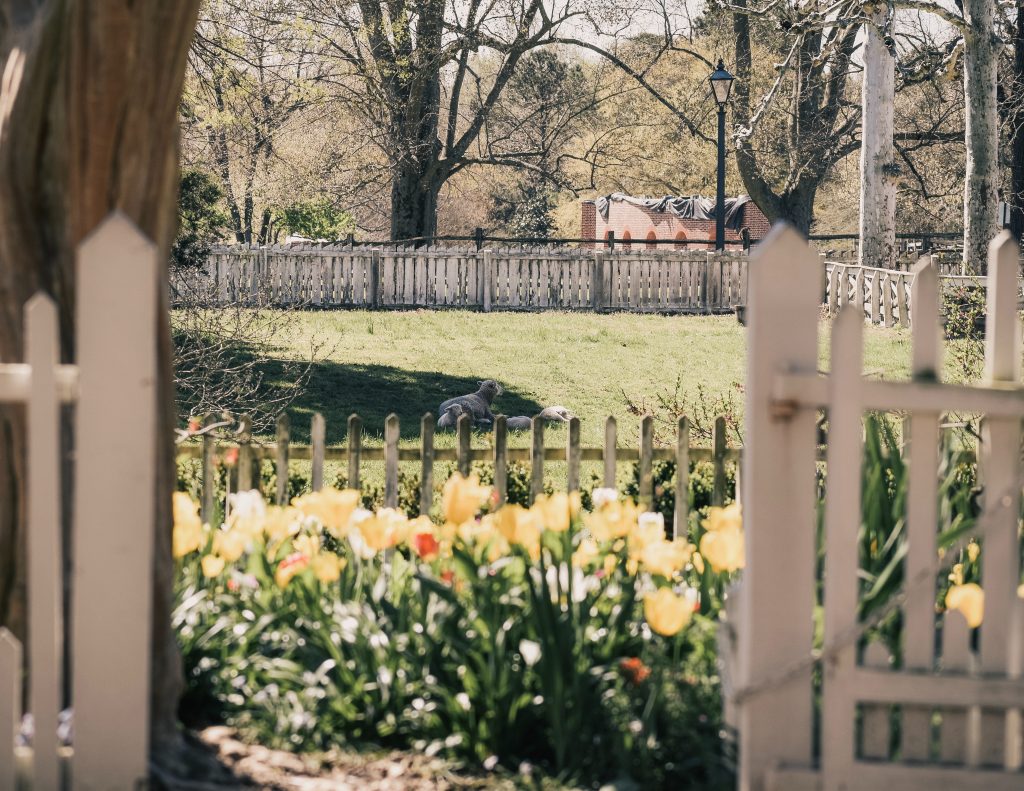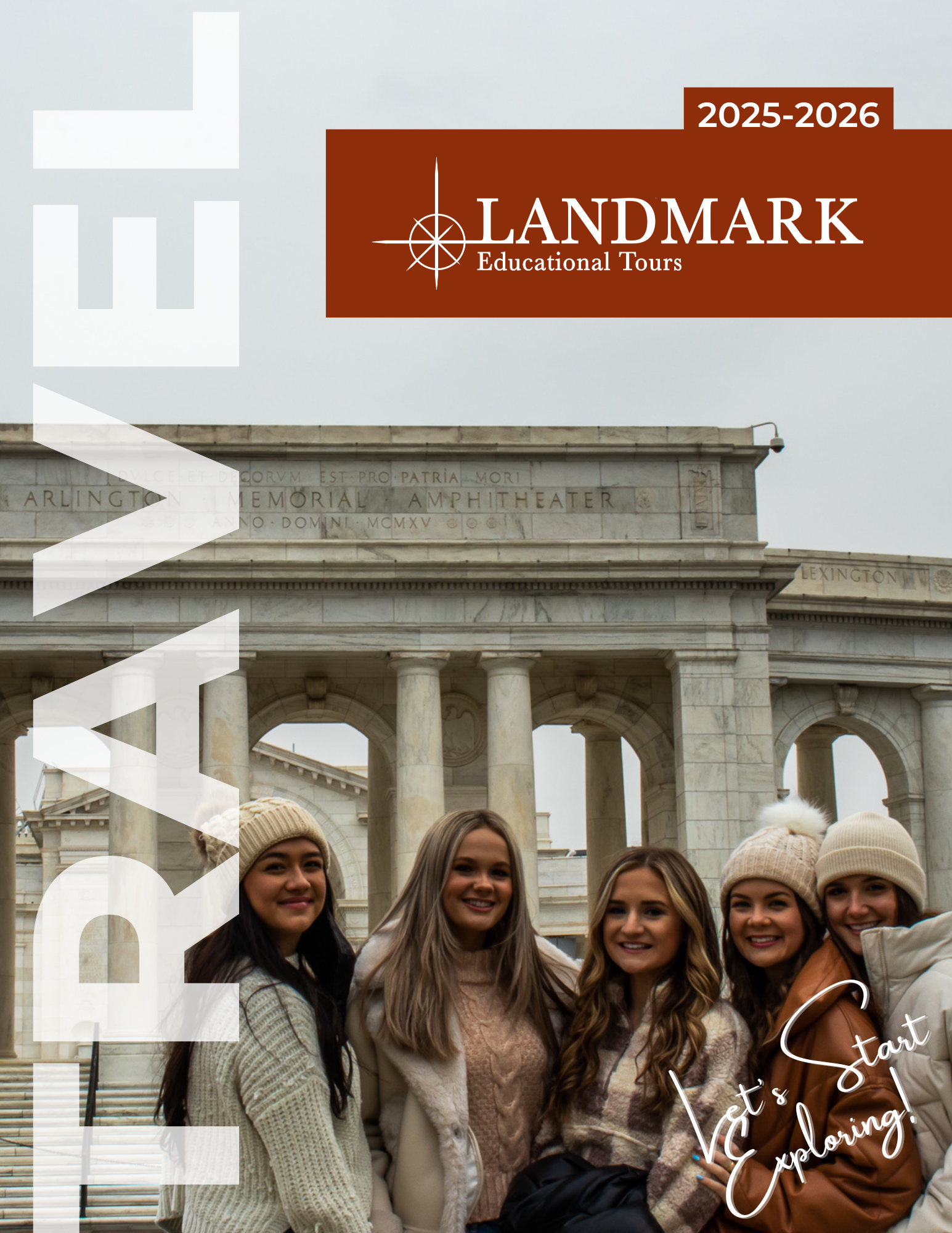Bring History to Life: A Teacher's Guide to Discovering Colonial Williamsburg

History is a subject that is often relegated to books, lectures, and dusty old artifacts. However, visiting historical sites and museums can bring history to life and make it more engaging and tangible for students. One such site that offers an immersive historical experience is Colonial Williamsburg in Virginia, USA. In this blog post, we will explore the many educational opportunities available at Colonial Williamsburg and how teachers can make the most of a visit to this living museum.
What is Colonial Williamsburg?
Colonial Williamsburg is a living museum that offers visitors a chance to experience life as it was in 18th-century America. The site encompasses over 300 acres and includes more than 40 exhibition buildings, trades shops, and historic sites. The town was once the capital of Virginia and played a pivotal role in the American Revolution. Today, visitors can explore the town’s historic buildings, participate in live demonstrations and interactive exhibits, and interact with costumed interpreters who bring history to life.
Planning Your Visit
Before visiting Colonial Williamsburg, it is essential to plan your trip to make the most of your time there. Teachers can use the online resources provided by Colonial Williamsburg to plan their visit and to prepare students for what they will experience. The Colonial Williamsburg website offers a wealth of educational materials, including lesson plans, interactive exhibits, and primary source documents.
Teachers should also consider the time of year they plan to visit, as different seasons offer different experiences. For example, the summer months are the busiest and offer a wide range of outdoor activities, such as carriage rides and walking tours. Fall and spring offer milder weather and fewer crowds, making it easier to explore the historic sites and engage with interpreters. Winter is the quietest season, but visitors can still enjoy indoor exhibitions and hands-on activities.
Exploring Colonial Williamsburg
There are many ways to explore Colonial Williamsburg, and teachers can tailor their visit to suit their educational goals. Here are some of the highlights of a visit to Colonial Williamsburg:
Historic Buildings
Colonial Williamsburg has over 40 historic buildings that visitors can explore, including homes, taverns, and public buildings. These buildings are furnished with authentic period pieces and staffed with costumed interpreters who bring the past to life. Teachers can use these buildings to teach students about daily life in colonial America and to illustrate the differences between the social classes.
Trades Demonstrations
One of the unique features of Colonial Williamsburg is the trades demonstrations that take place throughout the town. Visitors can watch artisans at work, including blacksmiths, shoemakers, and printers. These demonstrations offer an opportunity to see how goods were produced in the 18th century and to learn about the skills required to create these goods. Teachers can use these demonstrations to teach students about the economic systems of colonial America and to demonstrate the importance of trade and commerce.
Interactive Exhibits
Colonial Williamsburg offers a range of interactive exhibits that allow visitors to participate in the activities of the past. For example, visitors can learn to dance colonial-style, play colonial games, and even participate in a mock trial. These exhibits offer a hands-on approach to learning and can help students to connect with history in a more personal way.
Walking Tours
Colonial Williamsburg offers a variety of walking tours, including ghost tours, architecture tours, and historical tours. These tours offer a chance to explore the town in-depth and to learn about the different aspects of life in colonial America. Teachers can use these tours to teach students about the cultural, political, and social history of the town and to encourage students to think critically about the past.
Museums and Exhibitions
Colonial Williamsburg has several museums and exhibitions that offer a chance to learn about specific aspects of colonial life. For
example, the DeWitt Wallace Decorative Arts Museum has an extensive collection of furniture, paintings, and decorative arts from the 18th century. The Abby Aldrich Rockefeller Folk Art Museum features a range of folk art and material culture from early America. These museums offer a chance to delve deeper into specific aspects of colonial life and can be used by teachers to complement their lesson plans.
Making the Most of Your Visit
To make the most of a visit to Colonial Williamsburg, teachers should plan ahead and choose the activities and exhibits that will best meet their educational goals. Here are some tips to help teachers make the most of their visit:
Choose the Right Exhibits
With so many exhibits and activities to choose from, it can be overwhelming to decide what to see and do. Teachers should review the Colonial Williamsburg website and educational materials to choose the exhibits that will best complement their lesson plans. For example, if teaching about the American Revolution, teachers may want to focus on exhibits and activities related to that period in history.
Engage with Interpreters
The costumed interpreters at Colonial Williamsburg are an invaluable resource for teachers and students. They bring history to life and can answer questions and provide insights into the daily lives of people in colonial America. Teachers should encourage students to interact with interpreters and ask questions to deepen their understanding of the past.
Take Advantage of Education Programs
Colonial Williamsburg offers a range of educational programs for students of all ages. Teachers can book guided tours, workshops, and immersive experiences that allow students to engage with history in a more meaningful way. These programs can be tailored to meet specific educational goals and can be used to complement classroom learning.
Use Primary Sources
Colonial Williamsburg has an extensive collection of primary source documents, including letters, diaries, and government records. Teachers can use these resources to teach students about the lives of people in colonial America and to illustrate the historical context of the exhibits and activities at Colonial Williamsburg.
Conclusion
A visit to Colonial Williamsburg offers a unique and engaging way to learn about colonial America. The living museum brings history to life through interactive exhibits, costumed interpreters, and historic buildings. Teachers can use the many resources provided by Colonial Williamsburg to plan their visit and to tailor their experience to meet their educational goals. By engaging with the exhibits, interacting with interpreters, and taking advantage of the educational programs and resources, teachers can create a memorable and enriching experience for their students.

Washington DC 4th of July Celebration
Experience the excitement of Washington DC 4th of July celebration, featuring fireworks, parades, concerts, and patriotic festivities.

Arlington National Cemetery Tour
Discover history, honor heroes, and experience solemn traditions on an Arlington National Cemetery tour, a meaningful visit for all ages.

Washington DC School Trip 2026
Plan your Washington DC school trip 2026! Discover history, culture, and government on this educational adventure designed for students.


